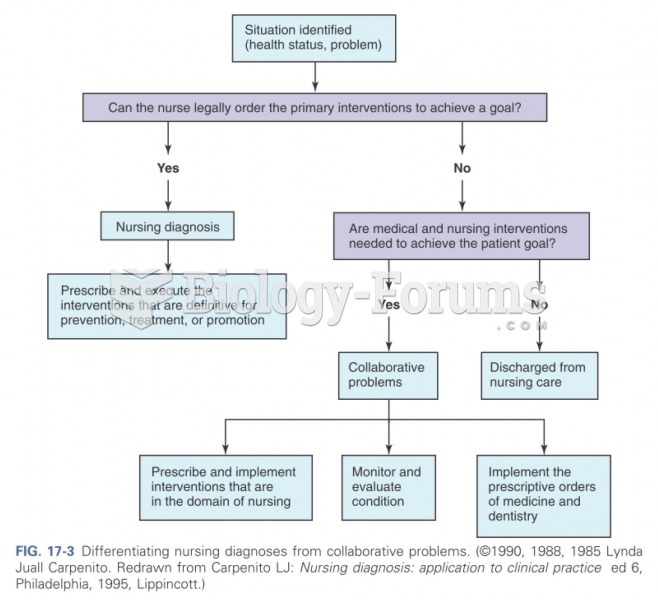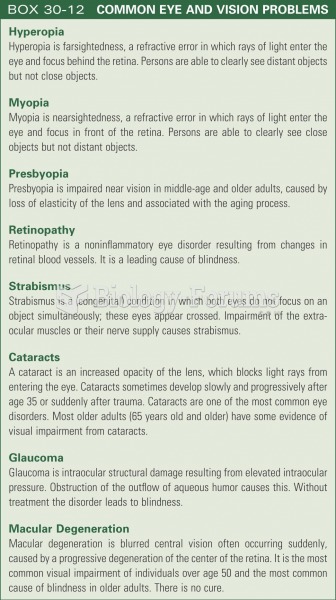Answer to Question 1
Answer: An ideal response will:
1. Identify the rationale for provisions against the revolving door as ethical concerns and guarding against co-optation.
2. Identify the rationale for whistle-blower protection as a way to encourage public employees to report mistakes and intentional wrongdoings in their agencies (i.e. corruption and inefficiency).
3. Explain that the efforts have had limited and uncertain success. There is still concern about co-optation, and potential whistle-blowers may be intimidated by fears of retaliation, by intimidation from supervisors, and general difficulties in the process.
4. State and defend a position on strengthening of provisions to control the revolving door and to protect whistle-blowers.
Answer to Question 2
Answer: An ideal response will:
1. Define sunset review.
2. Identify when sunset review was established in Texas and explain how the process works, including discussion of the frequency of review, the rotation system for review, the role of the Sunset Advisory Commission, the role of the full legislature, and the timing of decisions and actions.
3. Identify some agencies not subject to review, explain that review has not led to the abolition of many agencies but that transfer of agency functions is more common, and that approval for continuation (often with proposals for some change in organization and operations) is most common. Explain that sunset review has led to growth in lobbying efforts by groups interested in the sunset process.
4. Explain that sunset review hasn't led to reduction in the size of the bureaucracy but may have slowed its growth and that it has promoted the modernization of laws and bureaucratic procedures and improved responsiveness to the public.







